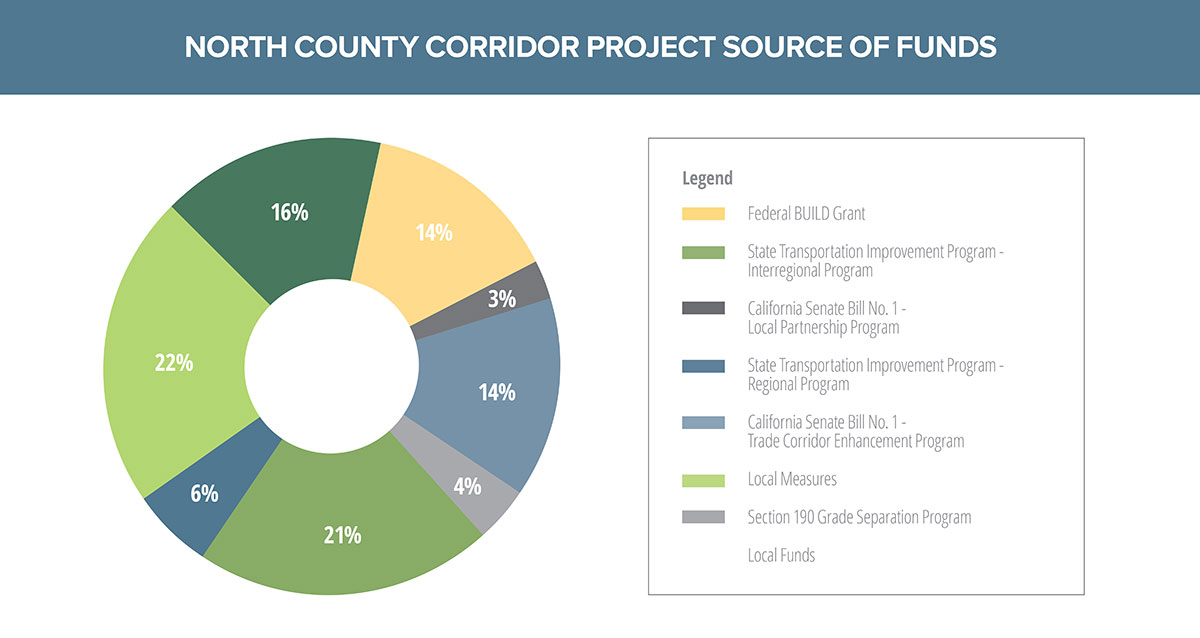Many of our public-sector clients face the challenge of delivering large transportation projects identified in their capital improvement programs or regional transportation plans with only partial funding secured to move forward. “Tolls or taxes” is a phrase financial advisors commonly use when asked how to close funding gaps on large transportation infrastructure projects and to a large extent, this is true.
Some agencies and regions are fortunate to have voter-approved sales tax measures that dedicate a portion of the local sales tax to funding transportation infrastructure. In California, the legislature approved a statewide gas tax that generates more than $5 billion annually for improving existing transportation infrastructure with a set-aside for funding new congestion relief projects as well. Enacted in 2017, this tax has started to reduce the backlog of deferred roadway maintenance and transportation infrastructure projects. However, this is only part of the solution to funding the state’s transportation needs. Whether we are talking about tolls or taxes, these dedicated revenues are usually not enough to fund the long list of transportation infrastructure projects needed to keep up with growth.
Whether an agency is looking for funding, financing, or some combination of both to close the funding gap on large transportation infrastructure projects, building a solid financial plan will help set the project up for success. ”
Matt Satow
How can agencies close the gap between available funding and the actual cost to deliver these projects? One popular strategy is to pursue a federal grant under the Better Utilizing Investments to Leverage Development (BUILD) grant program, or the Infrastructure for Rebuilding America (INFRA) discretionary grant program. Both programs provided approximately $900 million each annually in grants toward transportation infrastructure. Although the authorization for both programs ended in 2020, there is growing optimism that Congress will reauthorize them or provide other infrastructure funding under a COVID-19 stimulus bill.
Developing a Financial Plan
As with any federal grant program, the BUILD and INFRA programs were highly competitive. The 2020 INFRA program had more than 170 applications submitted nationwide requesting $8.3 billion in funding from the $960 million available under the current program authorization. To screen these applications, the U.S. Department of Transportation has teams of transportation experts, economists, and financial specialists review each application. One of the first things they assess is whether the agency has developed a solid financial plan for the project.
Recently, Dewberry assisted Stanislaus County, California, in developing its financial plan for the $800 million North County Corridor project, which will include more than 19 miles of new freeway and expressway. The financial plan identified project expenditures and the year of these expenditures, matching them against revenues and the timing of the revenues. The plan identified the funding gaps, and we worked collaboratively with the client and regional transportation agency to develop strategies to monetize long-term revenues such as yearly transportation sales tax revenue and developer impact fees so that the funding would be available in the year of the planned expenditure. We also developed strategies to position the project to compete for additional state and federal grant opportunities.

Positioning Projects for Funding Success
Stanislaus County was successful in obtaining a $20 million grant under the 2018 BUILD program. Although the application was submitted in 2018, the county completed a significant amount of work to pre-position this project prior to the federal Notice of Funding Opportunity being issued. Long lead items such as freight and traffic studies and the economic benefits analysis were initiated months in advance of the funding opportunity announcement. These studies and data were used to help build strong support among project stakeholders, locally elected officials, congressional representatives, and regional partners. This was clearly a key part to the county’s success in obtaining a BUILD grant for the North County Corridor project.
Putting it All Together
Whether pursuing a grant or financing, a solid financial plan is an essential part of demonstrating that a project is financially sound. Each project is different, and there are many other solutions and strategies that can be implemented, including project phasing, the use of public-private partnerships, bonding, or other financing mechanisms such as a Transportation Infrastructure and Innovation Act (TIFIA) Loan. These strategies are usually explored as part of the financial planning.
Whether an agency is looking for funding, financing, or some combination of both to close the funding gap on large transportation infrastructure projects, building a solid financial plan will help set the project up for success.